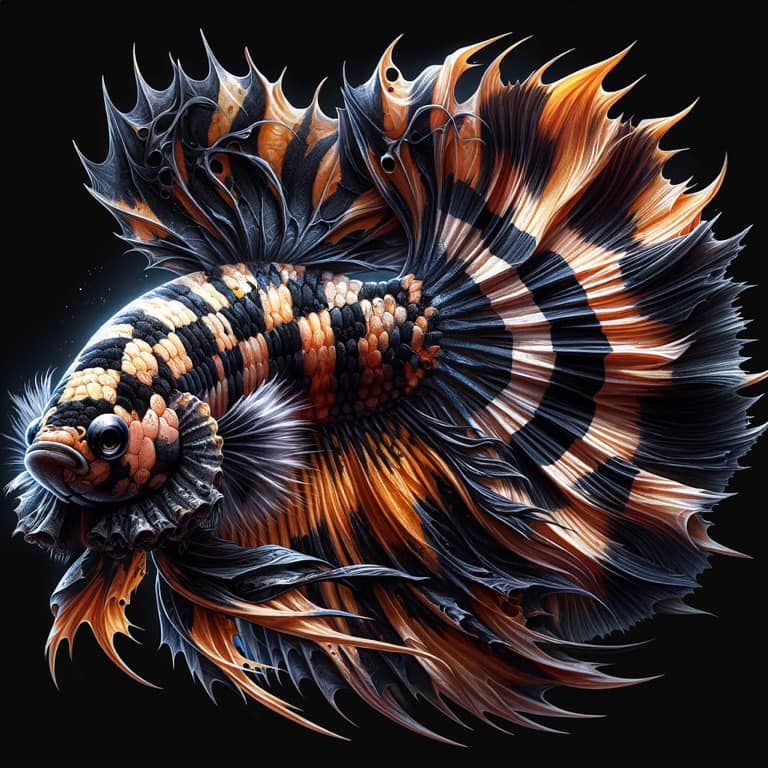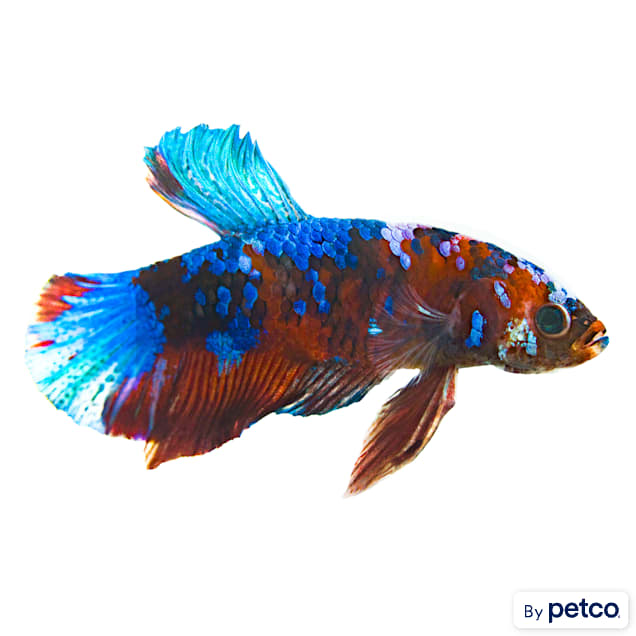Exactly How to Breed Betta Fish Successfully: Professional Strategies and Insights for Hobbyists Looking to Expand Their Betta Collection
Breeding Betta fish needs a nuanced understanding of genes and ecological problems, making it crucial for hobbyists to approach the process with both persistance and treatment. Producing an optimum reproduction environment, picking the right sets, and observing the details of their courtship behaviors are foundational actions that can considerably affect the result. In addition, the subsequent care of the fry is crucial for ensuring their healthy development. As we explore these crucial elements, it becomes clear that successful breeding is not practically the first pairing but incorporates a more comprehensive method that qualities careful factor to consider.
Comprehending Betta Fish Genetics
Comprehending the genes of Betta fish is essential for effective reproduction, as it influences qualities such as color, fin shape, and habits. Betta fish show a varied range of shades and patterns, largely figured out by their hereditary makeup. The key genes in charge of coloration consist of the "B" gene for blue, "D" gene for red, and the "C" gene for shade strength. Dog breeders can manipulate these traits by choosing specific moms and dad fish that show preferred characteristics.
Along with pigmentation, fin morphology is an additional considerable element of Betta genetics (betta fish). The sizes and shape of fins are influenced by various genetics, consisting of those that figure out whether the fins are short, long, or veil-shaped. Understanding these hereditary variants assists breeders forecast the phenotypic end results of their spawn
Moreover, behavior qualities such as aggressiveness and territoriality can also be affected by genetics. These actions play an essential function in the breeding procedure, as they can affect generating success and the general temperament of the resulting fry. By adequately recognizing these genetic concepts, breeders can make informed choices, ultimately boosting their breeding programs and attaining desirable outcomes.
Preparing the Breeding Setting
Creating an optimum breeding setting is crucial for the effective reproduction of Betta fish. The initial step in preparing this atmosphere is to pick a proper reproduction storage tank, preferably ranging from 5 to 10 gallons.
Following, think about the usage of a sponge filter or an air stone to give gentle water blood circulation without creating solid currents that can emphasize the fish. It is crucial to install plants or reproducing cones to supply hiding areas and advertise convenience for the female throughout the spawning procedure. Floating plants, such as Java moss or water sprite, can likewise produce an extra native environment while facilitating bubble nest building by the male.
Prior to presenting the breeding pairs, guarantee the water is conditioned and without hazardous chemicals, such as chlorine or heavy steels. betta fish. Normal water changes should be performed to have a peek at these guys keep optimal water high quality, boosting the chances of successful breeding. With these preparations in location, the reproducing atmosphere will certainly sustain the wellness and health of both Betta fish
Picking Breeding Pairs
Selecting the best breeding pairs is vital for attaining successful Betta fish reproduction. When choosing your breeding sets, take into consideration numerous vital factors including health, personality, and genes. Healthy and balanced Betta fish show vivid shades, clear eyes, and energetic actions. Picking fish that are devoid of disease makes certain a better possibility of producing practical children.
Character is another crucial consideration, as Betta fish are recognized Going Here for their aggressive nature. It is recommended to pick a male and lady that display suitable temperaments to lessen tension throughout the breeding procedure. A tranquil man can urge a smoother courtship, while a woman that is too hostile might interrupt the procedure.
Genetic history also plays a substantial role in the high quality of the offspring. Breeding fish that are genetically varied can reduce the danger of genetic health and wellness concerns and enhance the general vitality of the fry. It is helpful to look into the lineage of both the male and lady, focusing on desirable attributes such as fin type, color scheme, and dimension.
The Breeding Process
The reproduction procedure of Betta fish requires cautious preparation and focus to detail to make sure an effective outcome. At first, it is crucial to prepare an ideal breeding tank, preferably a 5-10 gallon fish tank with a temperature level maintained at 78-80 ° F. The tank ought to be outfitted with a heater, filter (preferably sponge type to prevent solid currents), and a lot of water plants for the woman to conceal.
As soon as the setting is set, present the selected breeding set to the tank, allowing them to adapt. Observe their behavior; the male will certainly display fancy courtship rituals, consisting of flaring his fins and constructing a bubble nest. If the lady shows interest, she will display upright red stripes indicating readiness for spawning.
When the lady is responsive, the set will certainly engage in a mating embrace, throughout which the male feeds the eggs. Preserving ideal water conditions during this duration is crucial for the growth of healthy and balanced Betta fry.
Taking Care Of Betta Fry

Feeding Betta fry is crucial, as they need a diet regimen high in healthy protein. They can be fed infusoria or liquid fry food, transitioning to finely crushed top notch pellets as they expand. Feed tiny portions multiple times a day to motivate healthy and balanced development without straining the tank with uneaten food.

As they develop, monitor their growth closely and separate any hostile individuals to avoid damage. By supplying a nurturing environment and appropriate nutrition, enthusiasts can effectively increase Betta fry into lively, healthy fish, inevitably enhancing their reproduction endeavors.
Final Thought
Successful Betta fish breeding calls for careful focus to genetic option, environmental problems, and care for the fry. By understanding the genes of Betta fish and preparing a proper breeding setting, hobbyists can boost the chances of creating vivid, healthy children. Picking compatible breeding sets and closely checking the courtship and generating procedures are necessary. Offering ideal treatment for the fry ensures their healthy advancement, adding to a thriving Betta collection.